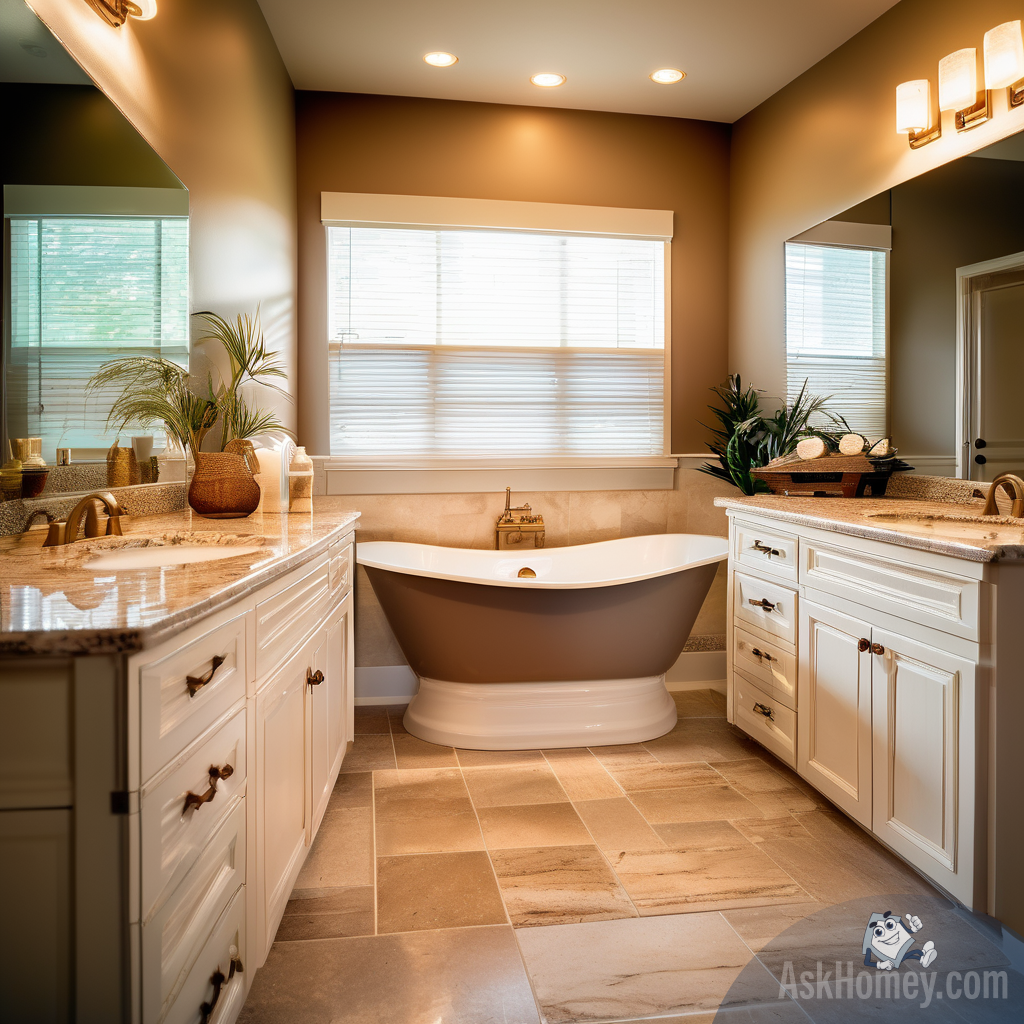When it comes to home design, flooring plays a crucial role in setting the tone for your entire space. The color of your flooring, particularly the choice between light and dark options, can dramatically influence how a room feels and appears to the eye. Light-colored floors tend to make rooms feel more spacious and airy, while dark flooring creates depth and a sense of luxury. Understanding the psychological and visual effects of flooring color room perception can help you make informed decisions when renovating or designing your home. This article explores the pros and cons of light versus dark floors and provides guidance on choosing floor color for different spaces.
How Light Floors Transform Spaces
Light-colored flooring has long been a popular choice for homeowners looking to create an illusion of more space. Blonde woods, whitewashed planks, light gray tiles, and cream-colored carpets reflect more light than their darker counterparts, bouncing illumination throughout the room. This reflection significantly brightens spaces, especially those with limited natural light. When considering options to make a room look bigger, flooring in lighter shades should be at the top of your list.
Beyond creating a sense of spaciousness, light floors offer practical benefits too. They tend to show less dust than dark floors, making them appear cleaner for longer periods between cleanings. However, they may show stains more prominently, something to consider for high-traffic areas or homes with pets and children. Light floors also provide a neutral backdrop that allows furniture and décor to stand out, making them versatile for various design styles from Scandinavian minimalism to coastal chic.
Another advantage of light flooring is its ability to make rooms feel cooler, making it an excellent choice for warmer climates or south-facing rooms that receive abundant sunlight. The visual weightlessness of light floors can help balance rooms with dark furniture or cabinetry, creating harmonious contrast rather than overwhelming darkness.
The Drama and Comfort of Dark Flooring
Dark flooring creates an entirely different atmosphere compared to its lighter counterparts. Rich mahogany, ebony-stained oak, chocolate brown carpet, or black slate tiles instantly add sophistication and groundedness to a space. For those seeking cozy dark flooring ideas, these options create intimate environments perfect for living rooms, dining areas, or master bedrooms where a sense of luxury and comfort is desired.
Dark floors absorb light rather than reflect it, which can make a space feel smaller but also more defined and intentional. This light absorption quality creates a cocoon-like effect that many find comforting, especially in spaces dedicated to relaxation or entertainment. The depth created by dark flooring provides an anchor for lighter walls and furniture, creating a balanced design scheme that feels curated rather than coincidental.
One misconception about dark floors is that they limit design options. In reality, they create dramatic contrast with light walls and furnishings, allowing architectural details and design elements to pop dramatically. Using AskHomey to visualize different flooring options can help you see how dark floors might complement your existing décor or inspire a whole new design direction.
Despite their beauty, dark floors do require more maintenance as they show dust, pet hair, and scratches more readily than light alternatives. However, they hide stains better, making them practical for dining areas or households with young children where spills are common.
Strategic Applications Based on Room Function
When choosing floor color for different spaces in your home, consider both the room’s function and the atmosphere you want to create. Light vs dark floors pros cons should be weighed against the specific needs of each area. For example, light flooring works wonderfully in smaller bedrooms, bathrooms, and hallways where maximizing perceived space is beneficial.
Kitchens benefit from flooring choices that balance practicality with aesthetics. Light floors keep kitchens feeling open and clean, while darker options can ground larger kitchen spaces and hide crumbs and minor spills between cleanings. In open-concept homes, flooring color becomes even more crucial as it unifies different functional areas. A medium-toned floor can serve as a compromise, offering some of the space-enhancing qualities of light floors while maintaining the warmth and practicality of darker options.
Home offices and studies often benefit from darker flooring that creates a focused, serious atmosphere conducive to concentration. Meanwhile, playrooms and children’s bedrooms might be better suited to lighter floors that create a cheerful, expansive feeling and make the space feel cleaner and more organized.
Transitioning Between Different Flooring Colors
Many homes incorporate both light and dark flooring throughout different areas. The key to making these transitions work lies in thoughtful planning and consideration of sight lines. Abrupt changes can feel jarring, while planned transitions between complementary tones create intentional zoning of spaces.
When planning a home renovation that includes multiple flooring colors, consider using threshold transition strips in doorways or creating geometric patterns where different flooring materials meet. This approach transforms necessary transitions into design features rather than awkward interruptions.
Remember that flooring color room perception is also influenced by other elements in your space. Wall color, ceiling height, natural light sources, and even furniture placement all interact with your flooring to create the overall feel of a room. Taking a holistic approach to design ensures that your flooring choice enhances rather than fights with the other elements in your space.
For more tips and to connect with reliable home service professionals, follow AskHomey on Facebook and Instagram.



